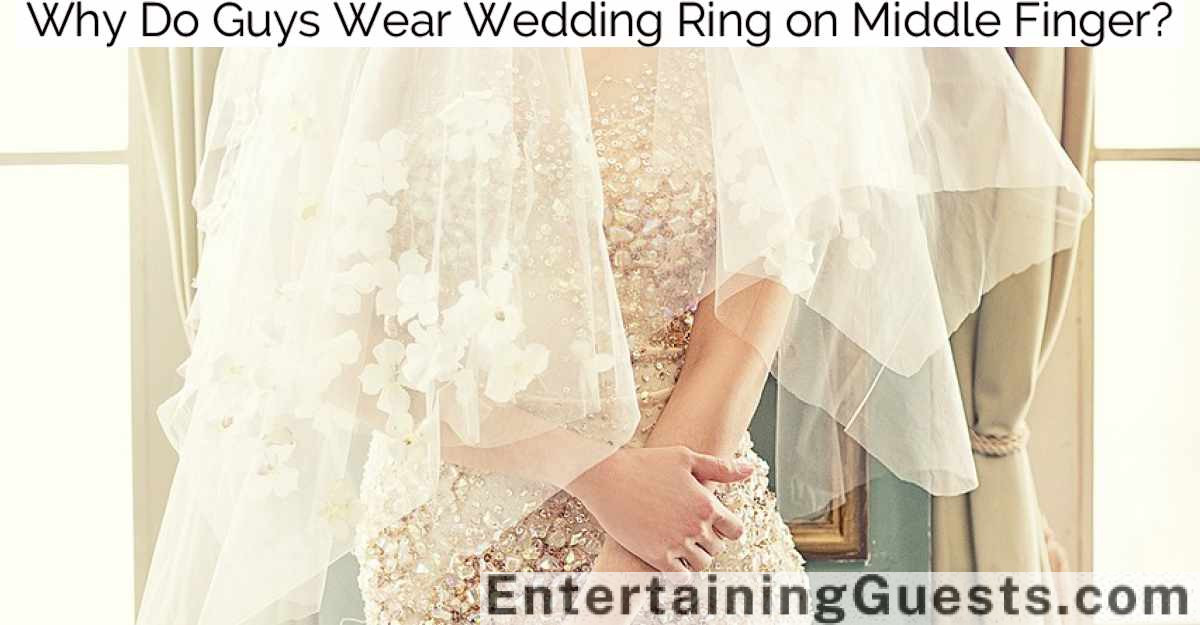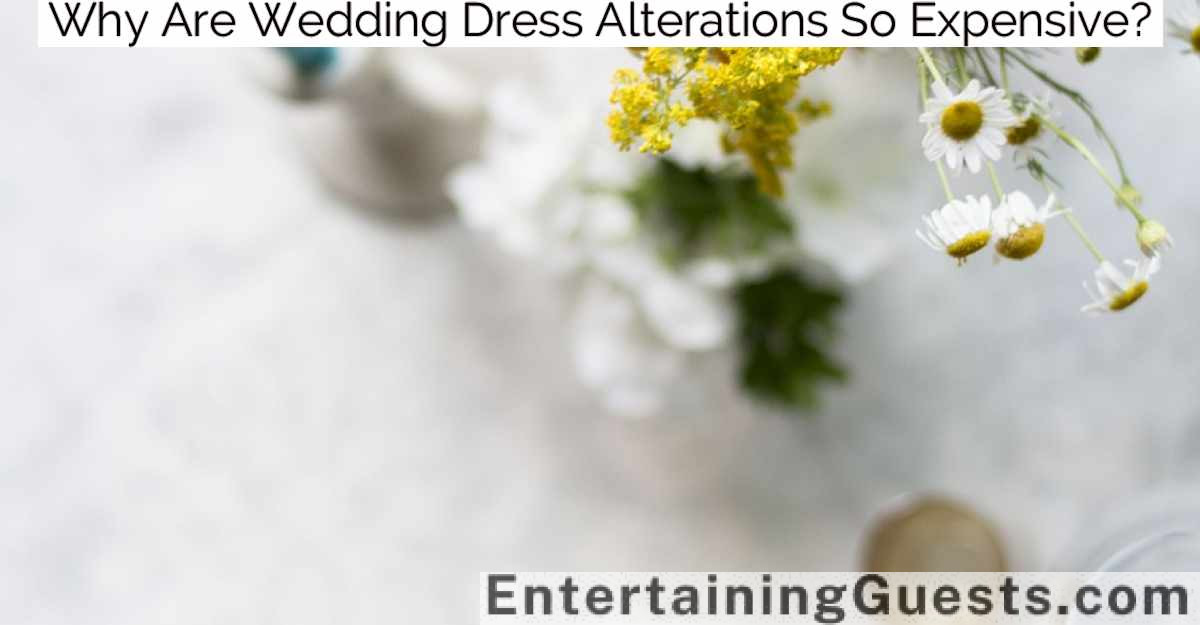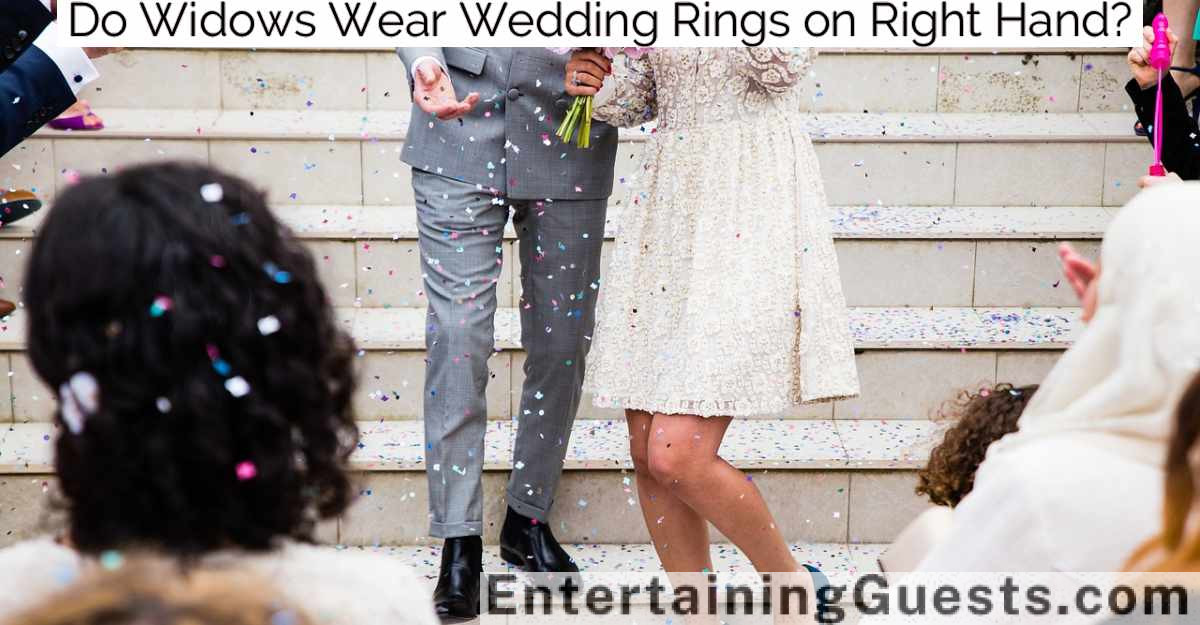At your wedding, you typically have two garters for both tradition and functionality—one as a keepsake and the other for the garter toss. The keepsake garter, often beautifully crafted from luxurious materials like silk or lace, serves as a precious memento of your special day. It might incorporate meaningful details such as your wedding date or initials, symbolizing your new union’s strength and beauty. Meanwhile, the tossing garter adds a playful element to your celebration, tossed to unmarried attendees in a lively tradition predicting the next to marry. Exploring the rich traditions behind these garters reveals layers of cultural significance and bridal customs.
Key Takeaways
- One garter is kept as a keepsake, representing cherished memories and personal sentiments.
- The second garter is used for the traditional garter toss during the reception.
- Having two garters symbolizes the balance and support in the couple’s new life together.
- Dual garters allow the bride to participate in both preserving a memento and engaging in playful traditions.
- The keepsake garter can be an heirloom, incorporating elements like wedding date or initials for future generations.
The History of Wedding Garters
The tradition of the wedding garter dates back to medieval times when it was believed to bring good luck to the newlyweds. Originally, you’d find that guests would rush to the bride to snatch a piece of her dress, hoping to inherit some of her fortune. To avoid the destruction of her gown, brides began wearing a specific article to be given away: the garter.
This practice morphed over time. In the 14th century, it was customary for the groom to remove the garter and toss it to the waiting unmarried men. Whoever caught it was thought to be the next in line for marriage. This wasn’t just a playful part of the reception but a serious ritual, steeped in the symbolism of transferring luck and fortune.
As the centuries rolled on, the garter evolved in design and significance. By the Victorian era, it had become more ornate, often featuring luxurious materials like lace and silk, and sometimes embellished with small tokens or jewels. This wasn’t just an item of luck anymore; it was a crafted piece of bridal attire, merging both functionality and fashion.
Symbolic Meanings of Two Garters
Delving into the tradition, you’ll find that wearing two garters has both a practical and symbolic rationale. Each garter carries its distinct symbolism, enriching the depth of your wedding traditions. Traditionally, the dual garters signify the couple’s union and their shared journey into marriage. This duality mirrors the partnership, a visual representation of two lives intertwining.
The presence of two garters also symbolizes balance and support in your new life. Think of them as tokens, each reinforcing the idea of mutual support and equal partnership. One garter often represents strength, the foundation you provide each other, while the second symbolizes beauty and grace, qualities that enhance and beautify the relationship.
Moreover, these garters embody the old adage, ‘something old, something new, something borrowed, something blue.’ They’re modern yet timeless, often incorporating these elements either in their design or by their inherent nature. It’s about carrying forward the legacy of love from past generations while stepping boldly into the future with your own unique flair.
Understanding this layered symbolism, you realize that these aren’t just accessories but powerful emblems carrying deep personal and collective meanings, making them an integral part of your wedding day.
The Keepsake Garter Explained
While each garter holds significant symbolism, one often serves as a special keepsake to cherish long after your wedding day. This keepsake garter isn’t just a piece of bridal lingerie; it’s a memento, rich with personal sentiment and the essence of your ceremony.
You might choose a keepsake garter that aligns with your wedding theme or incorporates elements like your wedding date, initials, or a piece of lace from your mother’s own wedding dress. This garter becomes more than an accessory; it’s a tangible link to your special day, imbued with love and personal history.
When selecting your keepsake garter, consider its design and material. Opt for durability and timeless elegance—silk, satin, or delicately embroidered lace are popular choices. Think of it as an heirloom, something you might one day pass down to your own daughter or a special family member.
Displaying the garter post-wedding is another way to keep those memories alive. Whether framed alongside other wedding memorabilia or tucked away in your wedding album, it serves as a poignant reminder of your joyous celebration, capturing the spirit and romance of your union in a way that continues to inspire and delight.
The Tossing Garter Tradition
In contrast to the keepsake garter, you’ll toss the second garter during a playful wedding reception tradition, involving unmarried guests. This ritual, often marked by laughter and cheers, serves not just as entertainment but also carries symbolic meanings of luck and love. Here’s how you can expect the event to unfold:
The Garter Removal: You’ll sit in a chair while your spouse playfully retrieves the garter from your leg. This part can be as humorous or as modest as you prefer, often tailored to match the couple’s personality and comfort level.
The Toss: Similar to the bouquet toss, eligible bachelors gather, and the garter is flung into the crowd. The belief is that the catcher will be the next to marry.
The Catch: The moment of the catch is always one of excitement. Watch as your friends dive or shyly shuffle for the chance to grab the garter.
The Celebration: Following the catch, the celebration continues with music and dancing. This moment can also segue into a dance involving the garter catcher and the bouquet catcher, often leading to amusing interactions.
Fun Variations Across Cultures
Wedding garter traditions exhibit delightful variations across different cultures, each adding a unique twist to this celebratory custom.
In Sweden, for instance, it’s common for the bride to wear multiple garters. During the reception, male guests playfully vie to steal them from her leg; each successful theft promises the thief good luck.
Meanwhile, in France, the bride’s garter is auctioned off to the guests. The highest bidder earns the privilege of removing it with his teeth, a spectacle that’s both daring and humorous.
You’ll find that in many Eastern European countries, the garter toss is more of a communal celebration than a competitive event. The bride tosses her garter into a crowd of unmarried men and women, symbolizing the dispersion of her good fortune and happiness to others. The person who catches it is believed to be the next in line for marriage.
Switching over to Japan, the garter is treated less as a playful accessory and more as a keepsake. Brides often choose ornate, beautifully designed garters that are kept intact and saved as a memento rather than tossed or auctioned.
These cultural nuances enrich the wedding experience, demonstrating how a simple tradition can be adapted to suit diverse customs and beliefs.
Frequently Asked Questions
How Should Wedding Garters Be Worn?
You should wear your wedding garter just above your knee, ensuring it’s snug but comfortable. It’s typically worn on the right leg, styled to complement your dress and personal aesthetic beautifully.
Do Garters Fit All Thigh Sizes?
Garters typically come in various sizes and can often be adjusted to fit different thigh sizes comfortably. You’ll find options with elastic bands or adjustable features to guarantee a perfect fit.
Can Garters Cause Allergic Reactions?
Yes, you can experience allergic reactions from garters if you’re sensitive to materials like latex or certain metals. Opt for hypoallergenic fabrics and clips to avoid skin irritation and discomfort during wear.
Are Wedding Garters Worn at Same-Sex Weddings?
Yes, you can wear wedding garters at same-sex weddings if you choose. It’s all about personal preference and tradition, so feel free to incorporate this stylish element into your special day.
What Are Alternative Uses for Wedding Garters Post-Ceremony?
You can repurpose your wedding garters as keepsake items, incorporate them into a shadow box display, or even use them for future anniversary celebrations to bring back those special wedding day memories.
Conclusion
As you plan your special day, remember the dual garter tradition adds a unique touch.
One garter serves as a cherished keepsake, symbolizing your timeless love and the preservation of cherished moments. The other, meant for tossing, adds a playful element to your celebration, inviting joy and anticipation among guests.
Each garter, steeped in history and significance, enriches your wedding with tradition and fun, making your day not just memorable but also uniquely yours.
Embrace these traditions to add depth and joy to your celebration.







